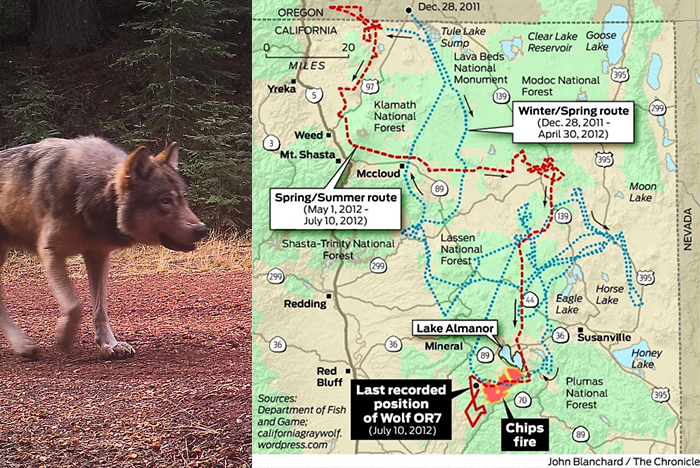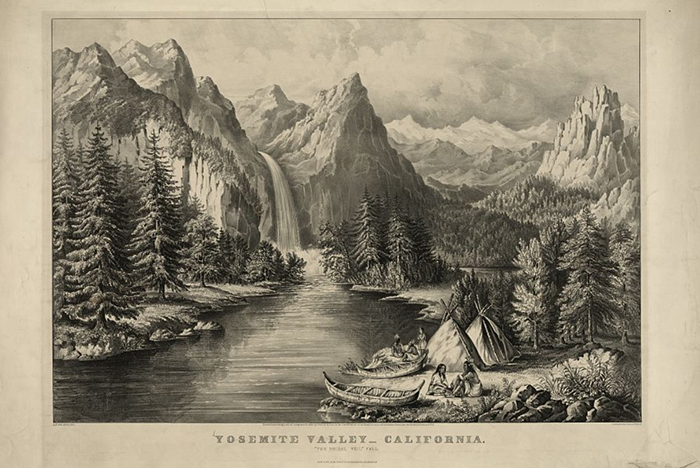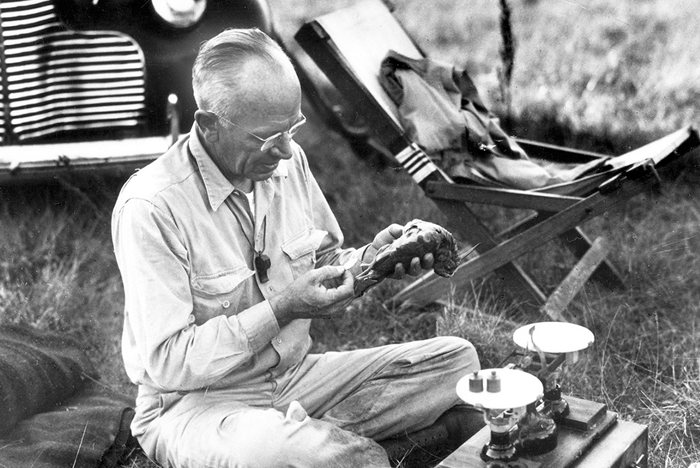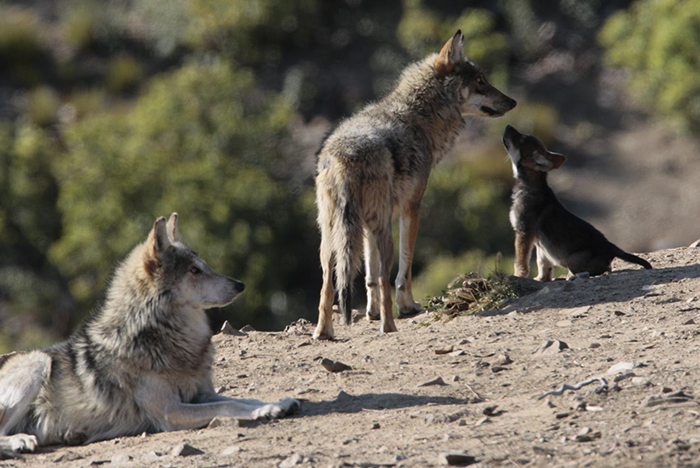Woman Who Raised Pack of Wolves Sees Pack Again
The Story of Journey, California'due south First Wolf Since 1924
In 2011, a wolf tagged as OR-7 traveled over 1,000 miles and fabricated his manner from Oregon into California as a lone wolf looking for a mate. When he stepped human foot into California, he was the first wild wolf in our state since 1924. OR-vii, nicknamed "Journey", traveled back into Oregon, establish a mate, and started his pack. He and his mate had 5 litters between 2014 and 2018. Journey and his mate paved the way for a population of wild wolves in California.

As of 2020, there is i known pack of wolves in Northern California, called the Lassen pack subsequently the area that they inhabit. The original breeding male of the pack, CA-08M, is OR-seven's son, and the convenance female is tagged as LAS01F. This pack had a litter of pups each twelvemonth betwixt 2017 and 2019.
CA-08M, the original breeding male, has non been documented since the 2019 convenance season. Since June 2019, a black male person wolf has been documented as the new convenance male person, and in 2020, the pack had a litter of 8 pups. Currently, the pack is equanimous of a minimum of fourteen wolves.
Historical Background of Wolves in California
Clear historical records from 1750 to 1850 indicate that wolves were in one case nowadays in the Coastal Range from San Diego to Sacramento when Europeans first began exploring and settling these areas. From 1850-1900, wolves were seen in Shasta Canton and in the central Sierra Nevadas. These historical reports of wolves announced in various regions within California, surfacing every bit Europeans shifted from the coasts toward inland forests, mountains, and plains.
European settlement changed the landscape of California from wilderness to a land marked by missions, towns, ranchos, agricultural development, and roads. In addition to this encroachment on wolf habitat, market hunters soon decimated prey populations that would take supported wolves, marking an era of conflict that would lead to the decline of wolves in California.

Wolves in Indigenous Civilization
The wolf was known amid many California tribes statewide, as demonstrated through language, legends, artwork, ceremonial garb, and creation stories. By the time Europeans arrived, there were more than fourscore distinct tribal languages spoken in California, almost of which had clearly differentiated words for wolf, coyote, fox, and dog. Some tribes revered the wolf equally sacred, though representations of the wolf vary from tribe to tribe.
The Pass up of Wolves in California
As with other mass wolf extermination campaigns throughout the Usa during the early 20th century, California state legislature enacted bounty laws to eradicate wolves and coyotes to protect livestock. By the middle of the 1920s, wolves in California seemed to accept disappeared entirely. One was trapped in San Bernardino Canton in 1922, and another, reported to be the last to be captured in the state, was trapped in Lassen County in 1924.
Although the U.S. Wood Service estimated that approximately 50 wolves existed in Lassen, Tahoe, El Dorado, Stanislaus, and Rouge River National Forests equally recently as 1937, there was trivial prove to advise that whatever wolves were really present. The occasional trapping of wolves still occurred in California, but information technology was ended that these individuals had been released from captivity and were non from a thriving local population.

The Origins of Wolf Conservation
Past the 1960s, the only gray wolves left in the lower 48 states were constitute in northern Minnesota and Isle Royale, Michigan. Fortunately, early conservationists such equally Aldo Leopold and Adolph Murie began sounding the phone call for wolf conservation, noting their important ecological role. The subsequent environmental move of the 1960s and 1970s helped further increment public support for wolves, and in 1973, they received protections nether the federal Endangered Species Act.
With the reintroduction of wolves into the northern Rockies and Yellowstone National Park in the mid-1990s, wolves began to make a comeback. As wolf recovery has progressed, scientists have learned more than and more near the wolf'south of import function in restoring natural ecosystem dynamics, which y'all can learn more about on our Biodiversity page.
A Vivid Future for California's Wolves
Almost 2 decades after the first wolves were brought to Yellowstone in the 1990s, wolf populations have naturally begun to increment out of established and thriving packs. As a result, wolves accept begun expanding their range and returning to California on their own in recent years. Though time will tell what the future holds for wolf populations and distribution beyond the land, conservation organizations such as California Wolf Center are optimistic.
The Klamath-Siskiyou and Modoc Plateau regions in northern California and southwestern Oregon could support up to 470 wolves, according to a feasibility report conducted past the Conservation Biological science Institute. It'due south our hope that conservation efforts and public awareness volition aid pave the way for more packs like the Lassen pack to in one case once more call California home.

Source: https://www.californiawolfcenter.org/wolves-in-california
0 Response to "Woman Who Raised Pack of Wolves Sees Pack Again"
Post a Comment